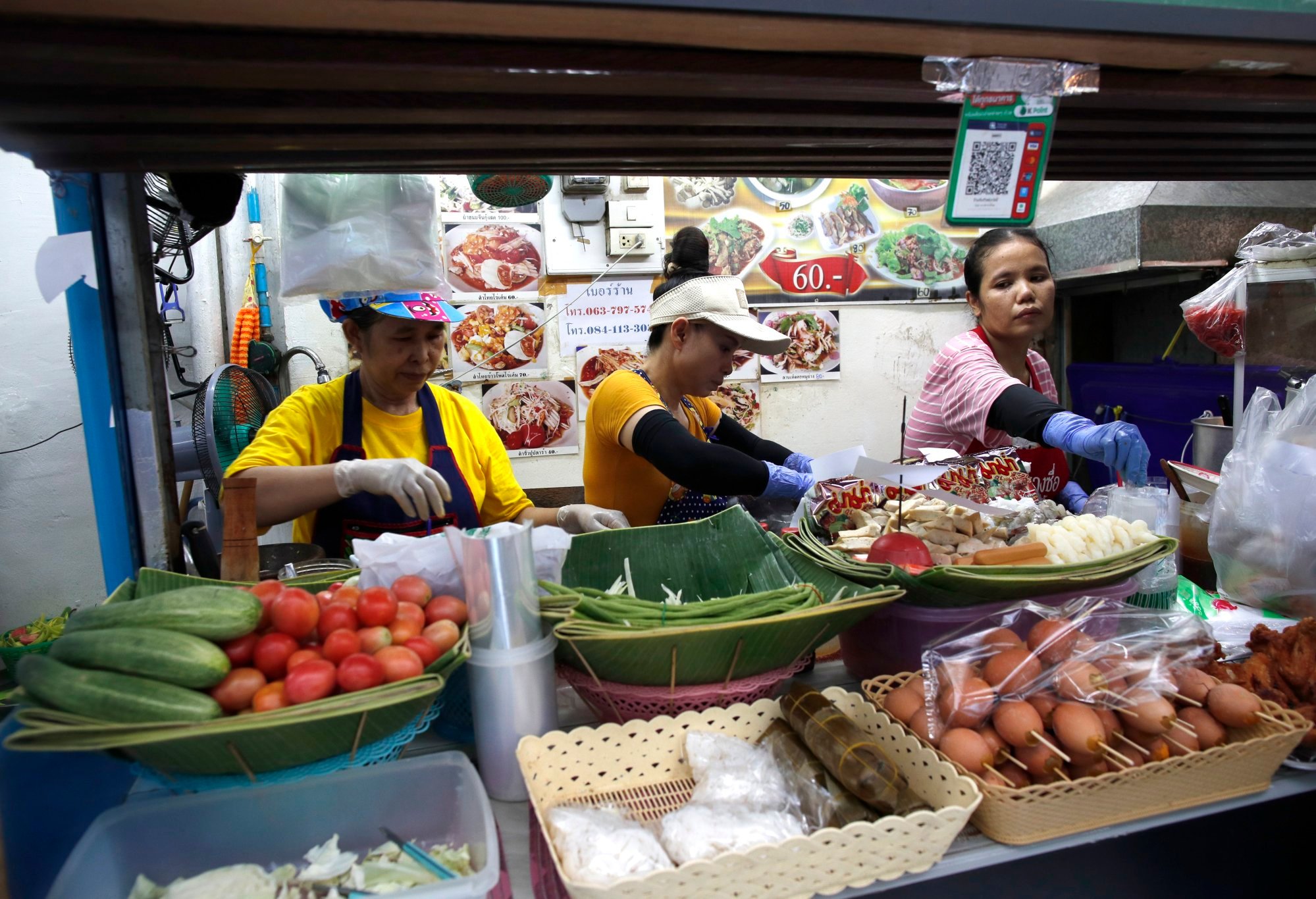
Thailand needs economic reform, not stimulus
- The government is seeking to inject short-term stimulus, but what Thailand really needs are measures that can enhance long-term productivity growth
- Thailand’s new government should embrace long-neglected economic and educational reforms, even if these will prove unpopular in the short term
Thailand pushes EU Schengen-style visa for mainland Southeast Asia
The Covid crisis did not merely reduce the number of tourists entering Thailand, but also caused a decline in their average spending. According to Thailand’s balance of payments data, spending per tourist has dropped markedly from pre-Covid levels. In the third quarter of 2019, tourists spent 45,700 baht (US$1,235) on average. In the same period last year, it was 31,700 baht, a contraction of almost one-third, even in purely nominal terms. So it is important to note that restoring tourist numbers to their pre-Covid levels will not fully restore income from tourism.
The economic contribution of tourism is often exaggerated, with claims that it accounts for as much as 20 per cent of Thailand’s gross domestic product. These claims mistakenly treat the total revenue received from tourists as if it were value-added. In reality, the value-add of an industry is calculated by subtracting the value of all the intermediate inputs it uses from its total revenue. GDP is the sum of the value-add of all industries. The true value-add generated by tourism in Thailand is unknown. It’s undoubtedly significant, but far less than 20 per cent of GDP.
Thailand’s poor growth performance started well before the pandemic hit. During the period from 1970 and 1996 Thailand’s average growth rate of real GDP, adjusted for inflation, was above 7 per cent. GDP contracted during the 1997-99 Asian Financial Crisis, and growth has been around 4 per cent since – and falling. Soon after taking office, government representatives announced that Thailand was “crying out for economic stimulus” as a means of raising the growth rate. This is a mistake.

John Maynard Keynes, the renowned economist, believed that when a country’s productive capacity is not being fully utilised, as reflected in unemployment and unused equipment, government stimulus can be an effective way to restore demand and achieve full employment.
According to Keynes, fiscal and monetary stimulus are temporary stabilisation measures that can restore full employment in circumstances of insufficient demand. They are not instruments for raising long-term growth in the context of full employment. Although Keynes originally wrote about the Great Depression, his policy recommendation also applied to other crises, such as the Asian Financial Crisis and the Covid-19 pandemic. However, this approach is not suitable for Thailand’s current situation of full employment, as reflected in the current unemployment rate of 1.1 per cent, which has returned to pre-pandemic levels. In fact, the unemployment rate increased from 1 per cent in 2019 to 1.9 per cent in 2021.

There are three main, interdependent reasons for the poor growth performance. First, Thailand has been politically unstable since the Asian Financial Crisis, and businesspeople do not like uncertainty.
Second, private investment has slowed, partly but not entirely due to political uncertainty. Although foreign investment recovered quickly following the Asian Financial Crisis and has remained robust since, investment by Thai firms in their own businesses is the main source of total investment in productive assets. Thai investors have remained cautious.
Bangkok’s rubbish-choked river to be cleared of tonnes of plastic waste
Third, long-term economic and educational reforms have both been neglected. These needed reforms will bring long-term economic benefits, but not immediate ones after considering adjustment costs. They will also produce immediate political problems. This helps explain why they have been unpopular with successive Thai governments, especially those led by populist political parties like Pheu Thai.
Along with revamping the outdated education system, necessary policy changes should involve reforming trade policies to promote long-term productivity growth through increased openness. This could be achieved by reducing the cost of government regulatory compliance for businesses to encourage private investment and expanding government investment in the country’s overburdened public infrastructure. Instead of injecting short-term stimulus, the government must find the clarity and will to tackle productivity-raising economic reform.

